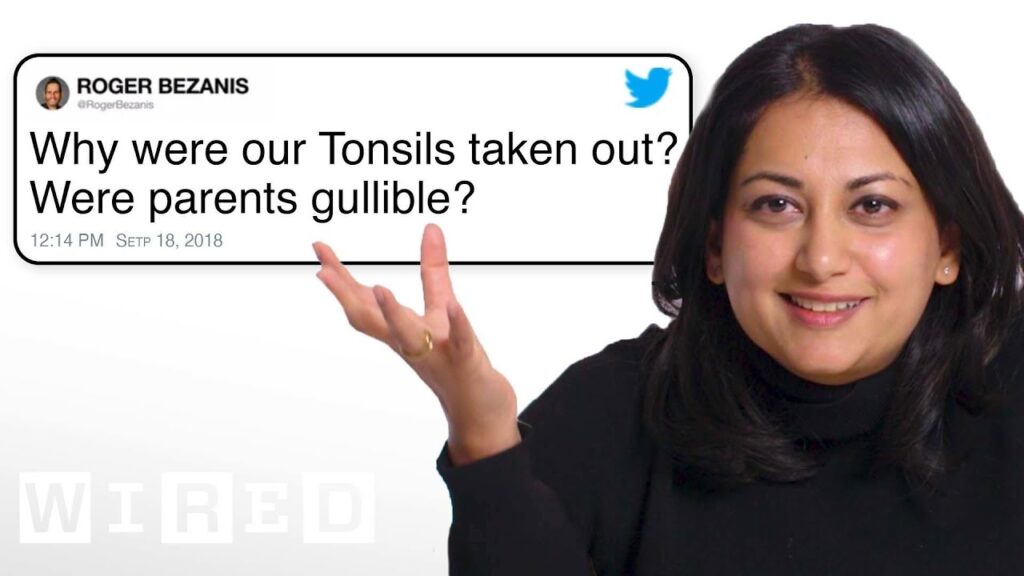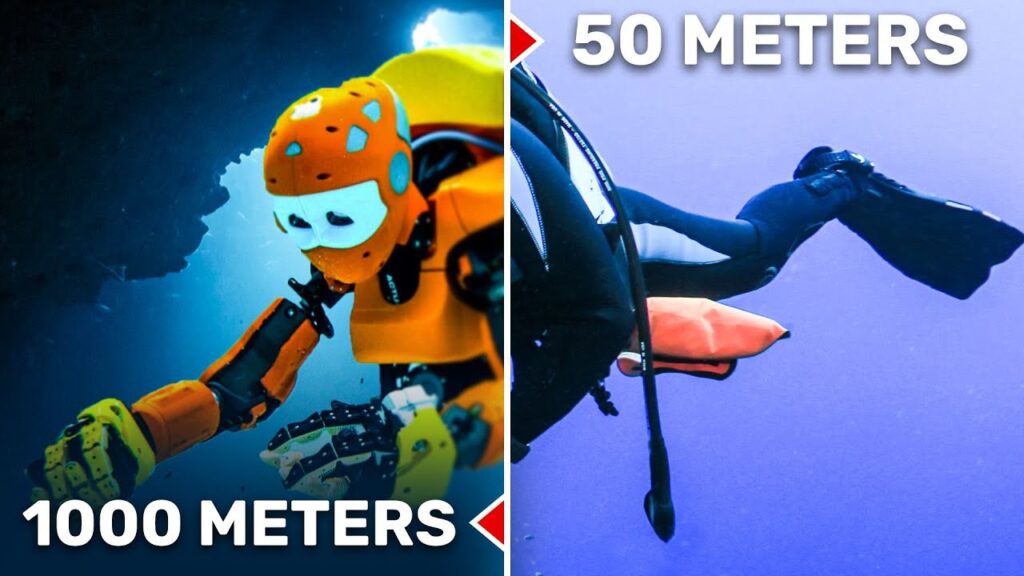One Laptop per Child unveils a tablet that charges via kinetic energy and solar power
Summary
In this article, we discuss a tablet unveiled by One Laptop per Child that is aimed at underdeveloped countries and children around the world. The tablet charges via kinetic energy or solar power and is said to be very cheaply made. It is durable, supports Android apps, and has all the necessary connectivity features.
Table of Contents
- Introduction
- The Unique Features of the Tablet
- Affordability and Availability
- Conclusion
Introduction
At CES Unveiled, One Laptop per Child unveiled a tablet that is aimed at providing children in underdeveloped countries with access to technology. This tablet is unique in that it charges via kinetic energy or solar power, making it ideal for areas with limited access to electricity.
The Unique Features of the Tablet
The tablet is designed to be very durable, which is important in areas where technology may be subjected to harsh conditions. It supports Android apps, has all the necessary connectivity features, and even includes a microphone input. The tablet is also designed to be very affordable, which is crucial in underdeveloped countries where access to technology may be limited due to cost.
Perhaps the most unique feature of this tablet is the fact that it can be charged via kinetic energy or solar power. This means that even in areas without access to electricity, the tablet can still be used. Users can simply crank the device for about 10 minutes to get up to 6 hours of battery life.
Affordability and Availability
While the price of the tablet has not yet been announced, One Laptop per Child has a history of producing affordable technology for underdeveloped countries. The tablet is expected to be available later this year, and it is hoped that it will make a significant impact in areas where access to technology is limited.
Conclusion
The tablet unveiled by One Laptop per Child is a unique device aimed at providing technology to underdeveloped countries and children around the world. Its ability to charge via kinetic energy or solar power makes it ideal for areas without access to electricity, and its affordability makes it accessible to those who may not otherwise be able to afford technology. We look forward to seeing the impact this tablet will have on the world.






